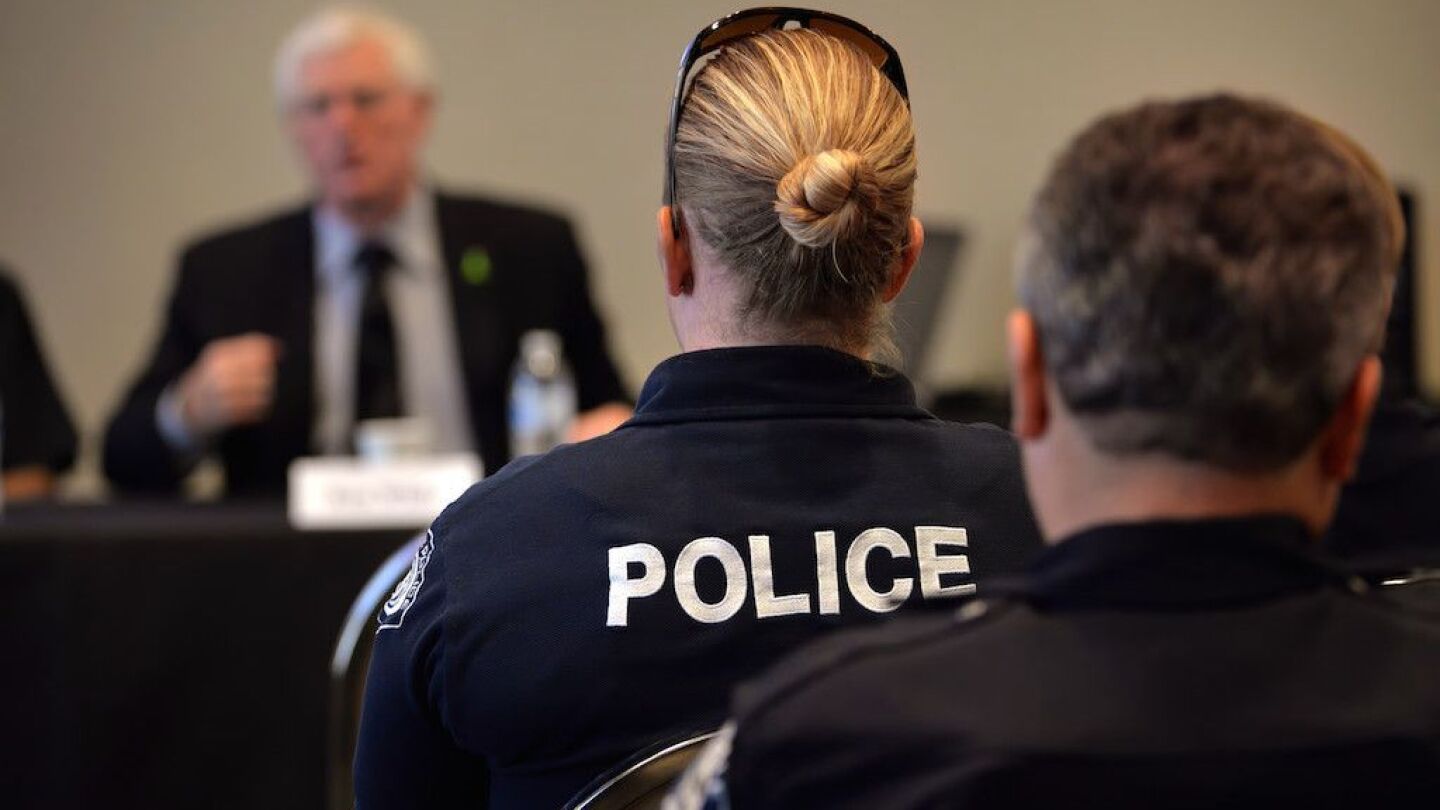Leadership
At 32, I took the chief’s job. Here’s how I’m building trust, embracing change and leading with purpose
By tracking metrics like use of force, sick leave and highly emotional envents, early intervention systems help agencies spot at-risk officers and provide proactive wellness support
Forget climbing the ladder. Be the leader your rookie self would be proud of
Law enforcement officers involved in a recent shooting require support from the top to process potential trauma
Organizations and citizens have a “shared responsibility” to defend their data, computer hardware and software systems from ransomware attacks
Coaches can assist in developing employees, enhance morale and drive cultural change
We have a treasure trove of good ideas available among us that can help elevate our performance as a profession, but we must be willing to dig for them
Officers worked hard to get into law enforcement so be one of the reasons they love coming to work every day
Decision making in public safety involves high stakes; a five-step planning process can help leaders analyze options and make better decisions
Each trait provides a good foundation for managing people and living your life
The active supervision skill of training involves seeking out training for yourself and teaching your followers everything that you expect them to do
There is a perception that politicians and LE leaders are making public safety and personnel decisions based on what the loudest voices demand
Police1 columnists reflect on their analysis of 2020’s civil unrest and calls for police reform and share their thoughts on where policing is now
Supervisory courage is the skill of dealing with situations and people that most human beings would consider to be challenging
Whether you choose weightlifting, CrossFit, running or cycling, it benefits an agency to have a healthy, strong chief
The world is changing rapidly, and law enforcement must evolve to acquire the skills and tools required to meet new challenges
It is our responsibility as police leaders to constantly improve our interactions with the communities we serve
The implications officer perception of leadership and leadership behaviors have for organizational culture
Legitimate actions are those that are both legal and the right thing to do; here are three critical components within this concept to keep in mind
Utilizing coaches could lead to higher job satisfaction, better retention, increased trust with community members and increased officer safety
The program, which strives to build trust between the public and police, will ensure officers treat residents they interact with as customers
Our officers desire to serve with pride. Leaders must be intentional about keeping that desire alive
For the most part, we generally like to be led by those whom we admire, respect and have confidence in
Pittsburgh Chief Scott Schubert is walking the beat through each of the 90 communities that make up his city
Effective communication occurs when your intended audience members receive the same message that you sent them
Follow this plan of action to start building a community of support
The goal of the Critical app is to empower police leaders to better distribute information while building officer morale
NLEOMF panel discusses the unique experiences women face in their roles to serve and protect
Leadership involves techniques that direct the energies and abilities of a group toward the common accomplishments and planned objectives of the organization
It’s difficult to empathize with someone who isn’t experiencing the same things we are, which is especially true for police chiefs and line-level officers
If you plan to implement acting positions in your agency, here are some considerations to review
Critical thinking engages your brain to comprehend, assess, analyze and process information in a way that improves your decision-making































